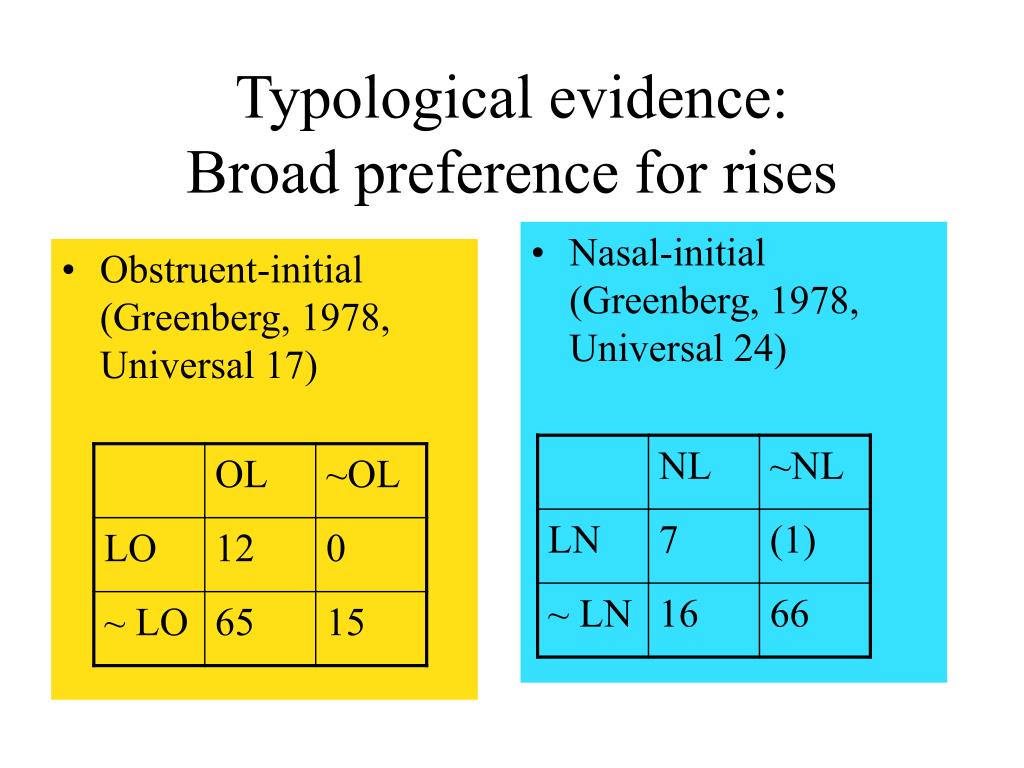

There is no possible way to syllabify into either the coda of the preceding syllable, If the allomorph were to occur, as in (42b), then (42) Syllabification of ‘took the seaweed’ (Liddicoat 1994: 286) is necessary in order to avoid ungrammatical syllabification that violates sonorityīased principles, as seen in example (42b). In the following example (42a), the use of the allomorph Liddicoat appears only in front of words that begin with consonant clusters. Surfaces since it abides by the principles of sonority.Īs noted in the above section, the morpheme /l/ has two allomorphs. Is due to the fact that there is nothing to condition the usage of. The coda of the preceding syllable,, there is no need to use the allomorph. As seen in (41b), the occurrence of theĪllomorph would not result in any sonority violations, but since is syllabified into Word by syllabifying across a word boundary. Resyllabification Principle by creating a consonant cluster in the onset of the adjacent Second, syllabification into the onset of would violate the Romance The syllable without any intervening segments lower in sonority (Clements 1990). Sonority Sequencing Principle dictates that onsets rise in sonority towards the nucleus of Sonority Sequencing Principle since the phoneme is higher in sonority than and the First, syllabifying into the onset would violate the It cannot be syllabified into the following onset In the example in (41a), the allomorph occurs since it can be syllabified into the (41) Syllabification of ‘see the garden’ (Liddicoat 1994: 169) Not align with the rule presented by Liddicoat (1994). This explains the presence of data that do Instead of a simple phonological rule, it is As Iĭiscuss below, this is not always the case. According to Liddicoat (1994) isįound only when the word following the article begins with a consonant cluster. In Section 8 I posit that the underlying morpheme for the masculine definite singular is Underlying morphemes discussed in Section 5.ĩ.1 Masculine Definite Singular Article Allomorphs – and I also discuss additional reasons for choosing the With sonority and syllable based principles from Section 6, to analyze allomorphic In the following sections I apply the Jersey Sonority Hierarchy from Section 7.2, along Which uses sonority to account for this variation. Instead, I put forth in the following section an analysis Presence or absence of consonants word initially in the word following the article that is The existence of data that are not inĪccordance with the description given by Liddicoat (1994) indicates that it is not the The article begins with a consonant or a vowel. On the other hand, the simpler demisyllables can be found in a larger number of words.All of the definite articles in Jersey exhibit allomorphic variation, as shown in Section 5.Īccording to Liddicoat (1994) this variation is attributed to whether the word following Complexity ranking indicates that more complex structures tend to occur less frequently in both languages. Dispersion of demisyllables in the two languages was calculated with the aim of determining their complexity. All three types of clusters are more numerous in Serbian. The classification shows that the majority of sequences in English and Serbian represent core clusters. In order to divide onset clusters into these three groups, we used the principles referring to possible consonant clusters provided in Roach (2009) and the classification of consonant clusters in Petrović & Gudurić (2010). According to the Sonority Sequencing Principle (Kiparsky, 1979 Selkirk, 1984 Clements, 1990), consonant sequences can be divided into core clusters, sonority reversals and sonority plateaus. The aim of this paper is to provide a comparison of onset clusters in English and Serbian within the theoretical framework that employs the concept of sonority.

Onset clusters, English, Serbian, sonority, demisyllables Abstract


 0 kommentar(er)
0 kommentar(er)
